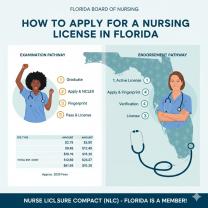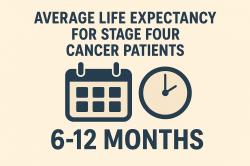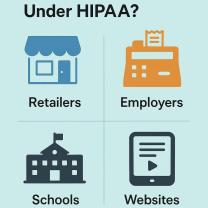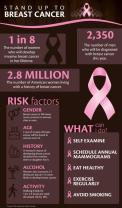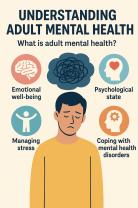How long do I need to recover after a stroke?
A stroke is a medical emergency that occurs when there is a sudden interruption of blood flow to the brain, resulting in brain cell damage. Stroke recovery is a complex and individualized process that varies from person to person. The duration and progress of recovery depend on various factors, including the type of stroke, its severity, and the individual's overall health.
Acute Phase of Stroke Recovery
The immediate aftermath of a stroke is known as the acute phase. During this period, medical intervention and acute care are crucial to stabilize the patient, treat the cause of the stroke, and prevent further brain damage. The primary goal is to save as much brain tissue as possible and minimize the impact of the stroke.
Patients may receive thrombolytic therapy (clot-busting medication) or mechanical thrombectomy to restore blood flow to the brain in cases of ischemic stroke. For hemorrhagic strokes (caused by bleeding in the brain), surgical interventions may be necessary to stop the bleeding and reduce pressure on the brain.
Subacute and Rehabilitation Phase
Following the acute phase, stroke survivors enter the subacute phase of recovery, which includes various rehabilitation interventions to improve physical, cognitive, and emotional functioning. This phase usually begins within a few days to weeks after the stroke and may continue for several months or longer.
Rehabilitation programs are tailored to each patient's specific needs and may include:
- Physical Therapy: To regain strength, balance, and mobility.
- Occupational Therapy: To improve the ability to perform daily activities and regain independence.
- Speech Therapy: To address language and communication difficulties that may result from the stroke.
- Recreational Therapy: To engage in enjoyable and therapeutic activities that promote recovery.
- Psychological Support: To address emotional and psychological challenges resulting from the stroke.
Long-Term Recovery and Management
Stroke recovery is an ongoing process, and long-term management is essential to support the survivor's quality of life. Some stroke survivors may experience significant improvements in their functioning, while others may continue to face challenges.
Long-term recovery and management may involve:
- Medications: To manage risk factors, prevent recurrent strokes, and address post-stroke complications.
- Lifestyle Changes: Adopting a healthy diet, regular exercise, and avoiding risk factors like smoking and excessive alcohol consumption.
- Supportive Care: Ongoing therapy and assistance to maintain functional gains and address any new challenges.
- Education and Support: For both the stroke survivor and their caregivers, to better cope with the effects of stroke and improve overall well-being.
It is essential for stroke survivors and their families to work closely with healthcare professionals to develop a comprehensive and personalized stroke recovery plan. With proper support and rehabilitation, many stroke survivors can achieve significant improvements in their daily functioning and overall quality of life.



